
Renault Koleos SUV (2017-2020) interior, tech and comfort
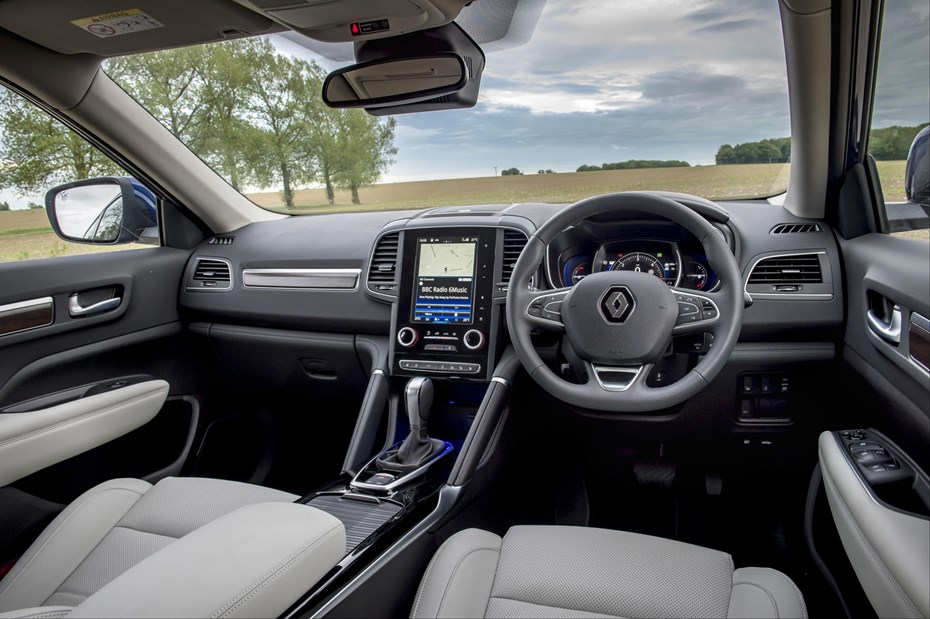
- Vastly improved cabin quality
- High level of standard kit
- Unconvincing touchscreen reliance
Renault’s interior design has improved out of all recognition in the last few years, with the raft of smiley-faced control panels that once typified the company’s dashboards happily consigned to the circular filing tray.
The Koleos’s largely clean, straightforward dashboard design also bears witness to a welcome hike in the quality of materials at both a visual and tactile level, allied to an increasing reliance by the driver on the use of the infotainment touchscreen for the control of, perhaps, slightly too many functions.

A choice of just two specification levels in the UK equates to either a 7.0-inch or 8.7-inch centre console touchscreen. Both come loaded with a respectable spread of multimedia systems, including sat-nav. We can report that, via the larger screen, the systems all seem to work well, and swiftly enough not to irritate.
We might choose to question, however, the increasing reliance on the touchscreen (and Renault is far from alone here) to control some functions which drivers might wish to access rather more readily. Take the air conditioning, for instance…
Though it has a small phalanx of controls sited beneath the screen, they lack the ultimate flexibility required. Happily, there is a ‘Max Demist’ button available without recourse to the screen controlled air-conditioning settings.
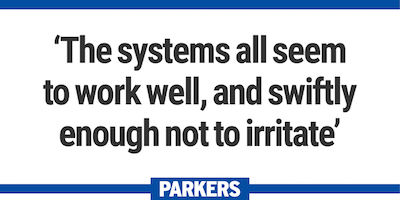
Because the windscreen has a bad habit of misting up in warm, rainy weather, and it’s quicker and easier to stab that on a regular basis than fumble through on-screen menus to reacquaint yourself with the road ahead.
- Tall driving position required
- Comfortable ride in most situations
- Watch out for bodyroll in corners
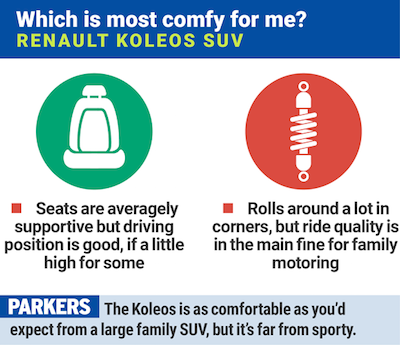
While Renault is to be applauded for imbuing the Koleos with the fundamentally soft undercarriage appropriate to a large family cruiser, closer scrutiny does unearth a couple of rough edges.
The overall perception is of a comfortable ride quality which, though admirable for motorway work, has a tendency to float over larger undulations and allow a certain degree of body roll through the corners to remind you that this is a large and weighty car.
But there is not enough insulation from smaller road surface imperfections – typical urban potholes are heard and felt a little more than you’d expect. Put that down to the huge wheels that all Koleos models wear.
Seating is good, but not brilliant
The front seats aren’t as comfortable as they could be. The driving position is fine (once you’re sitting high enough to see out), but they aren’t as supportive as we’d like. Also, typical of most Renaults, it’s lacking a little in rearwards travel – so tall drivers will sit closer to the wheel than they would ideally like.

In diesel guise, the Koleos is pleasantly quiet. The clatter of the diesel engine at idle quickly replaced as speeds rise by the thrum of tyres on tarmac and, given its snub-nosed approach to the management of passing air, an inevitable degree of wind noise.
In all, though others may insulate you from the road surface to a greater degree, conversation at speed is not an issue.
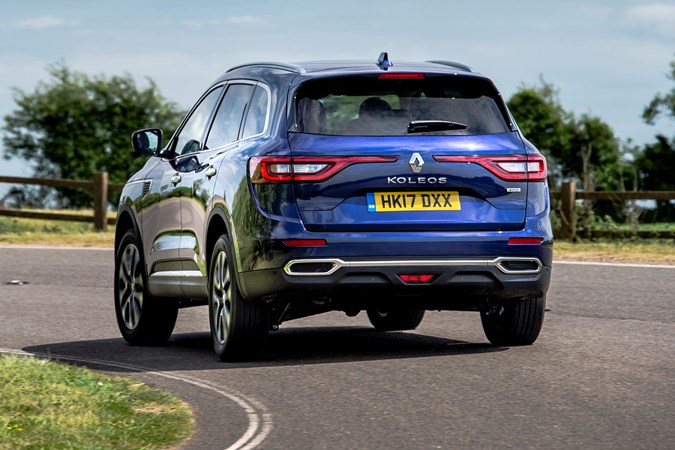



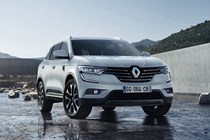
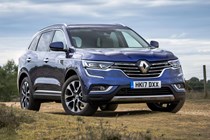
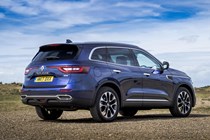
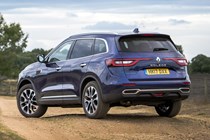
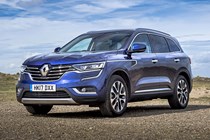
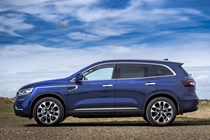
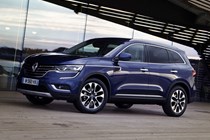
.jpg)
.jpg)
.jpg)
.jpg)
.jpg)
.jpg)
.jpg)
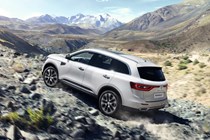
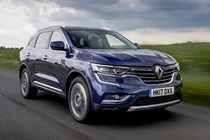
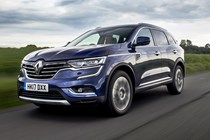
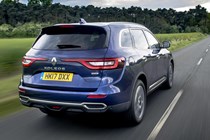
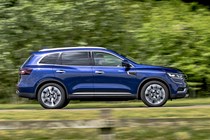
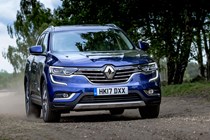
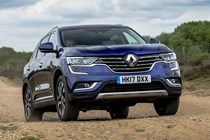
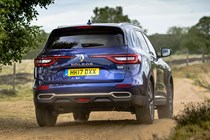
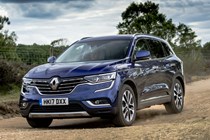
.jpg)
.jpg)
.jpg)
.jpg)
.jpg)
.jpg)
.jpg)
.jpg)
.jpg)

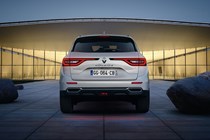
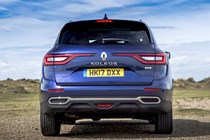
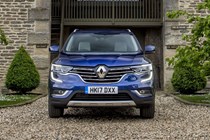
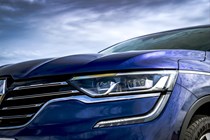
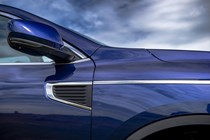
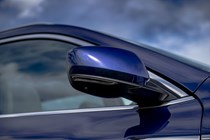
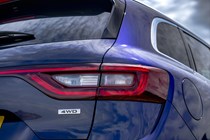
.jpg)
.jpg)
.jpg)
.jpg)
.jpg)
.jpg)

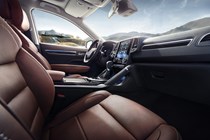
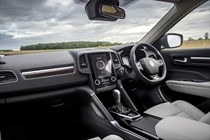
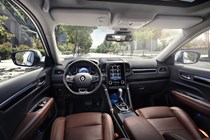


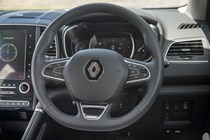
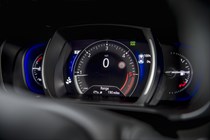
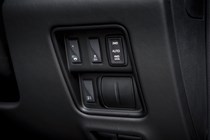

.jpg)
.jpg)
.jpg)
.jpg)
.jpg)
.jpg)
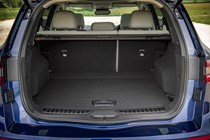

.jpg)
.jpg)
.jpg)
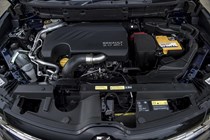








.jpg?quality=50)
.jpg?quality=50)
.jpg?quality=50)
.jpg?quality=50)
.jpg?quality=50)
.jpg?quality=50)
.jpg?quality=50)









.jpg?quality=50)
.jpg?quality=50)
.jpg?quality=50)
.jpg?quality=50)
.jpg?quality=50)
.jpg?quality=50)
.jpg?quality=50)
.jpg?quality=50)
.jpg?quality=50)








.jpg?quality=50)
.jpg?quality=50)
.jpg?quality=50)
.jpg?quality=50)
.jpg?quality=50)
.jpg?quality=50)










.jpg?quality=50)
.jpg?quality=50)
.jpg?quality=50)
.jpg?quality=50)
.jpg?quality=50)
.jpg?quality=50)


.jpg?quality=50)
.jpg?quality=50)
.jpg?quality=50)
